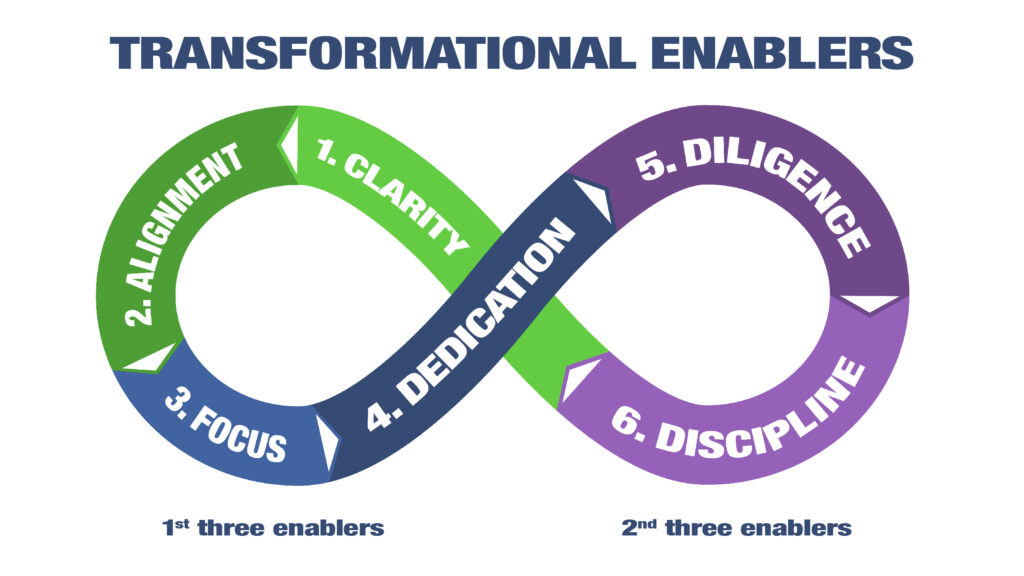Create a climate of high-performance to prevail and succeed in challenging times.
America’s Economy Begins to Shut Down as Pandemic Measures Take Hold. This was a New York Times headline on March 16, 2020: The subtitle was even more dire: This fast-spreading virus has put an end to movies, date nights, and all economic activity prompting some economists to call a US recession.
Reporters Patricia Cohen and Jim Tankersley wrote this: Wall Street offered a grim verdict. “We’re calling the recession.”
Jeff Kittle, President of Kittle Properties Group had faced recessions before and immediately acted with his Senior Management by developing a strategic initiative called, “Recession Buster—Building a Resilient Portfolio at KPG.”
KPG owns and manages 18,000 affordable housing units leased throughout the United States in 155 communities. In March 2020, it was hard to imagine the toll a pandemic and recession could take on their residents. Ultimately these families could face a loss of life, health and income resulting in the eviction from their homes.
Jeff and his Senior Management team promised everyone in the culture there would be no mass layoffs if everyone, all 500+ employees and key leaders throughout the culture, if they created a climate, an atmosphere to be resilient. Everyone was commissioned to find ways to cut costs, improve inefficient systems/processes and help residents find financial assistance to stay in their homes.
By December 31st, 2020, the results were in: This was the best year yet for KPG by almost all key performance indicators!
- Keeping the promise, there were no mass layoffs;
- millions of dollars of savings were realized, including water savings, as a result of adding submetering and leak detection;
- properties were sold at a profit;
- high levels of occupancy and collections created strong cash flow;
- the evictions were minimized, and most residents kept their homes;
- new construction was at an all-time high;
- new deals were in the pipeline for 2021 and beyond.
How did the KPG leaders inspire the culture to this? What lessons could you learn to apply to improve your company culture’s ability to get results in the face of overwhelming challenges?
Create a Climate of Performance
Great leaders create a great atmosphere to work in—climate. In your functional role as leader/manager, you have a significant impact on workplace and team climate—positively or negatively.
According to 60 years of research by the Hay Group, now Korn-Ferry, good leadership influences the discretionary effort of a company’s employees. The ultimate impact of a positive climate is an increase in motivation, productivity, and innovation which eventually makes up to 30% of the bottom line.
In most jobs, especially complex ones, there is a vast gulf between what employees must do to meet expectations and what they can do to perform at their full potential.
High-performance climates are characterized by individuals who routinely do what it takes—who exceed expectations. Extended periods of poor climate may cause people to lose faith in the idea that things can improve, leading people to disengage from the jobs in the organization which can result in staff turnover, absenteeism, and to less satisfaction and productivity.
Every morning Jeff Kittle sets the climate, the atmosphere for the whole culture to execute on the strategies to achieve the goals.
For example, March 3rd, Jeff communicated through his email, gratitude for discretionary effort by committed teams who assumed responsibility to get deals closed and help families stay in their homes with rental assistance. He makes it easy for everyone in the culture to know the updated critical numbers concerning collections, subs on site, transactions, and net move-ins. This data reminds everyone to plan well, to execute the strategy, and move the numbers in the right direction.
This is an example of the visionary leadership style that can impact the work atmosphere throughout the KPG culture. Like Jeff, Senior Management and Key leaders must inspire a positive climate for execution habits daily!
Leverage the Six Dimensions of Organizational Climate
I recommend your leaders concentrate, like Jeff, and the Senior Management and Key Leaders at KPG, on the six-dimensions of climate that have consistently demonstrated the greatest direct effect on individual and team performance.
- team commitment where there is pride in the organization
- data driven clarity about goals and roles
- engaged employees who receive rewards for good performance
- high but attainable standards of continuous improvement and excellence
- empowering others with the responsibility to get their job done and be accountable for it
- de-hassling the jobs to be done by providing the flexibility to act with discretionary effort
What is organizational climate?
Simply put, when we talk about climate, we mean how it feels to work in your team or organization. Is it an energizing place to work? Do individuals work to the best of their ability, and feel a stake in the success or failure of their team? Do they put extra effort into doing their jobs well?
One of the most extensively mentioned definitions of organizational climate is that of Litwin and Stringer (1968). They regard organizational climate as a collection of measurable properties of the work settings perceived directly or indirectly by organizational members and assumed to influence their motivation and also behavior.
Positive climates focused on executing a shared vision, encourage discretionary effort—negative climates inhibit extra effort!
Inspire a Climate of Focus
Leaders must demonstrate the ability to help individuals and teams regain focus on what matters most, amidst a sea of distractions. This is the key to successful leadership conversations that create a workplace climate of high-performance.
Daniel Goleman, author of Focus: The Hidden Driver of Excellence, helps us understand that there is more than one type of focus to create a positive workplace/team climate:
It takes insightful self-awareness and strong skills in self-management to attend to our inner territory, the emotional worlds of others, and what is going on in the larger systems of which we are a part. If your work includes giving feedback, motivating people, and responding to changing situations in your environment, you need inner focus, focus on others and a focus on the world around you.
Dr. Daniel Goleman
Dr. Goleman makes this even more poignant. If you lack inner focus, you are rudderless; if you lack other focus, you are clueless; if you lack outer focus, you will get blindsided.
Keisha Underwood, VP and Director of HR at KPG said this: “2020 was the first year that everybody understood the impact of their job. In essence, everyone thought to themselves, ‘I will take this seriously.’ Everybody could relate. Jeff sets the climate each day and keeps everyone focused on doing what matters most.”











